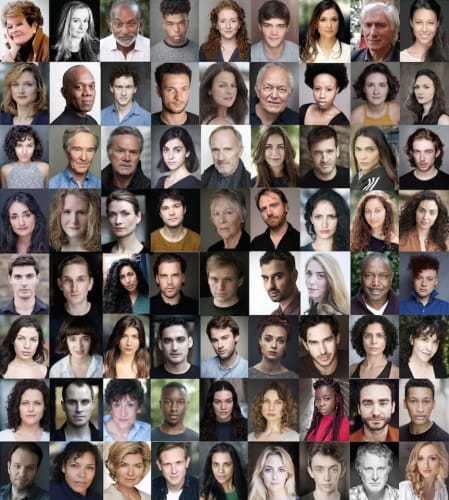There is a great deal of mixed messaging coming out of the theatre industry at the moment. Some appear to believe that it is possible to return to something close to normality before the end of the year, others are more pessimistic.
While we have become used to announcements about shows deferring until next year and the latest date for Broadway reopening has gone back to May 2021, it was quite chilling to receive a press release announcing that the touring production of TV show Strictly Come Dancing is not going to reopen until 2022.
One thing that we have always known is the ability of show people to adapt and innovate. A result of this innate ingenuity is the wide spread of theatrical performance that has been offered over the last six months.
At the budget end of the scale, it is possible for an individual to write, self-direct and perform an audio podcast. Professionals can also achieve this with somewhat greater elan and style. This means that everybody from young undergraduates to those commissioned by the BBC seems to have taken advantage of the Internet and the airwaves to promote their art.
Although the initial cost may be higher, broadcasting theatrical productions that have been recorded in the past has also been popular, led by the National Theatre in this country and the Metropolitan Opera House in New York followed by others right down to the level of fringe performers and even students.
Next in the pecking order is the Zoom production that is effectively a visual equivalent to the audio podcast, frequently underprepared, rarely satisfying but just occasionally uncovering a splinter or two of pure gold.
As lockdown restrictions began to relax, it became apparent that open-air theatre was a realistic option, which might even pay for itself in rare circumstances. While this became increasingly popular through the summer and early autumn, as we reach the moment when the clocks go back at the end of October, very few audiences and probably not too many performers will be willing to brave the British climate to enjoy further outdoor productions.
More recently, with further changes to restrictions, some theatres have very literally opened their doors to the public, always with limited numbers, typically no more than 30% to 35%. This means that they are guaranteed to be playing at a loss, compounded by the significant costs of reconfiguring both auditorium and surrounding areas and employing additional staff to make theatres “COVID-safe”. This does beg the question as to why?
The Old Vic, which has just announced a new programme, has pioneered the presentation of live productions with a virtual audience. For those that have not explored the theatre’s web site recently, they present performances on stage to a completely empty theatre, the only presence being that of cameras and their operators to facilitate live broadcasts to ethereal audience members paying theatre ticket prices for the privilege.
Various hybrids are also beginning to appear. Mixing media in this way still in its infancy but the idea of playing a show to a live audience and either broadcasting simultaneously or recording it for posterity is likely to become popular in the coming months.
The good news is that there is something for everybody, from virus deniers happy to see anything anywhere without a mask at one end the scale to those cautiously shielding, they can enjoy dramatic performance in the comfort of their own living rooms.
None of us knows what the future holds, although with tougher clampdowns becoming more common on an almost daily basis, the theatre is once more under threat and needs to continue coming up with new means of sharing its delights with a public very hungry to enjoy its wares.
In the last week, many smaller companies have also received the comforting cushion of a cash promise (not yet paid) from the Arts Council Recovery Fund. While some appear to have struck the jackpot, for the majority, this is likely to do little more than keep them daily afloat through the cold winter months.
Over time, we will find out which of the various attempts to entertain in these difficult times proves most popular. Clearly, live performances to full theatres should be number one by a long way but that may have to wait for many months, if not years.
